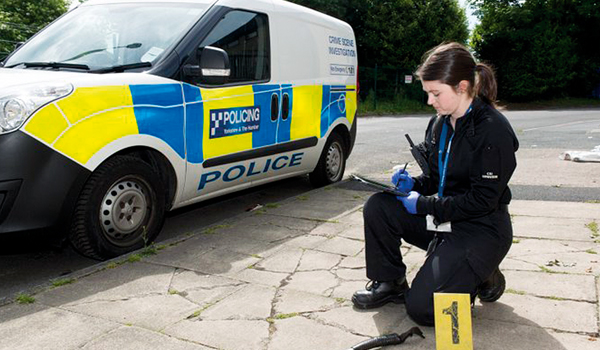Huge volume of visual evidence puts investigators under extra pressure
Police are dealing with more data and more cases than ever before, according to new research.

Police are dealing with more data and more cases than ever before, according to new research.
Investigators working to identify victims, find criminals and bring cases to court say that huge increases in the volume of visual evidence, data seized and sheer number of caseloads are the biggest challenges they are facing.
This is particularly true in child sexual abuse investigations, the majority of which involve evidence seized from work-related devices.
NetClean, which specialises in digital media solutions, sourced insight from 224 police investigators in 11 countries.
Digital evidence is becoming increasingly prolific and investigative teams are being overwhelmed by the sheer quantity of evidence in some of these cases, said Johann Hofmann, law enforcement liaison and analyse product manager at NetClean.
The common denominator in the crimes is the large quantities of visual media included in evidence, ranging from fraud and terrorism, to firearms and gang violence.
A huge percentage of the crime that takes place today has some sort of digital element, whether thats images witnesses have taken and uploaded to social media, data seized by officers or even photos taken by crime scene investigators. Having the right tools to intelligently deal with large quantities of image and video files is essential for law enforcement agencies, said Mr Hofmann.
In 1990 the Home Office estimated there were just 7,000 hard copy illegal images of children in circulation. With the rise of the internet, the number has increased exponentially, with millions online today.
The survey showed that more and more investigators are focusing on victim identification in child sexual abuse crimes, rather than only building cases.
The proliferation of illegal content specifically child sexual abuse on work-related devices was another trend highlighted by those questioned. When asked to give an estimate on investigations from the previous year, 45 per cent said that more than three-quarters of their cases involved work-related devices.
A few years ago barely any of these investigators would have been working on victim identification, said Mr Hofmann. Poring over visual evidence used to take hours and due to the volume of cases and a lack of resources they simply wouldnt have had the time. The focus on victim identification is an immensely positive trend. One that wouldnt have been possible without more sophisticated technologies and approaches being used in analysing evidence.
Researchers said the proliferation of smartphones, digital cameras, cheap storage devices and cloud services has contributed to the volume of data involved in digital forensic investigations soaring in recent years.


